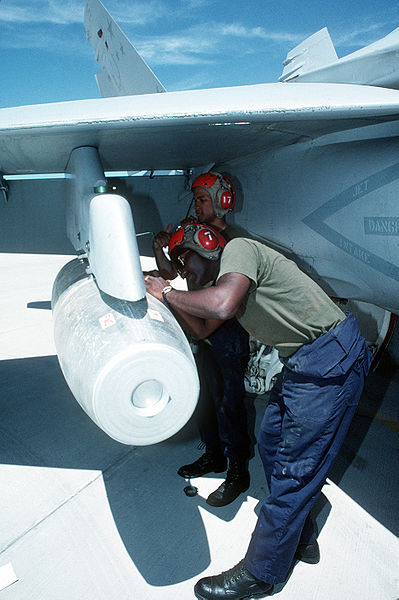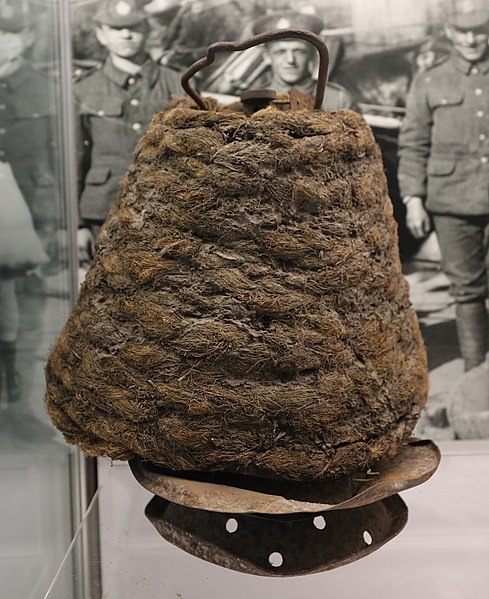Firebombing is a bombing technique designed to damage a target, generally an urban area, through the use of fire, caused by incendiary devices, rather than from the blast effect of large bombs. In popular usage, any act in which an incendiary device is used to initiate a fire is often described as a "firebombing".
An American aircraft drops napalm on Viet Cong positions in 1965.
A German World War II incendiary bomb remnant
Firebombing in Braunschweig, Germany, 15 October 1944
Charred remains of Japanese civilians after a bombing of Tokyo
Incendiary weapons, incendiary devices, incendiary munitions, or incendiary bombs are weapons designed to start fires or destroy sensitive equipment using fire, using materials such as napalm, thermite, magnesium powder, chlorine trifluoride, or white phosphorus. Though colloquially often known as bombs, they are not explosives but in fact are designed to slow the process of chemical reactions and use ignition rather than detonation to start or maintain the reaction. Napalm, for example, is petroleum especially thickened with certain chemicals into a 'gel' to slow, but not stop, combustion, releasing energy over a longer time than an explosive device. In the case of napalm, the gel adheres to surfaces and resists suppression.
Mark 77 napalm bomb is loaded in a June 1993 training exercise onto a US Marine Strike Fighter Squadron F/A-18A Hornet aircraft
A 17th century fire or light ball from Veste Coburg, Germany
An incendiary bomb dropped on Southend-on-Sea in 1916
A German World War II 1 kg incendiary bomb







